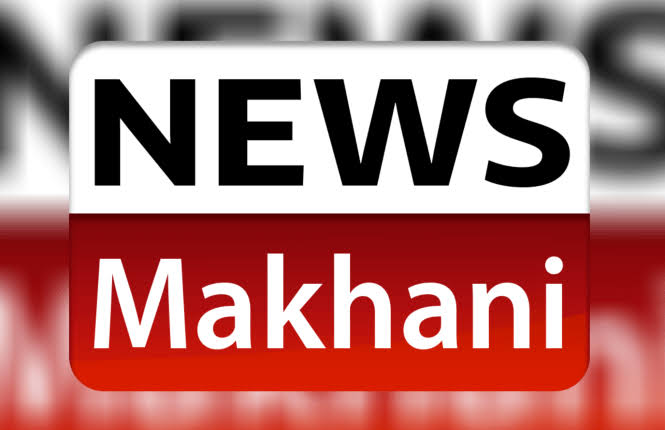MoD and BEL sign contract for procurement of Software Defined Radio (Tactical) worth over Rs 1,000 crore
Ministry of Defence (MoD) and Defence Public Sector Undertaking (DPSU) Bharat Electronics Limited (BEL) have signed a contract for procurement of Software Defined Radio Tactical (SDR-Tac) worth over Rs 1,000 crore in New Delhi on February 08, 2021.
The SDR-Tac, jointly designed and developed by Defence Electronics Applications Laboratory (DEAL) of Defence Research & Development Organisation (DRDO) through a consortium of domestic agencies and industry, comprising Weapons and Electronics Systems Engineering Establishment (WESEE), BEL, Centre for Artificial Intelligence & Robotics (CAIR) and Indian Navy will bring strategic depth to the Armed Forces. The delivery will take place within three years. The BEL is already supplying SDR-Naval Combat (NC) and SDR-Air is under user evaluation trial. The DRDO and BEL are planning to provide latest SDR with security grading to the Armed Forces.
The SDR-Tac is a four Channel Multi-mode, Multi Band, 19’’ Rack mountable, ship borne Software Defined Radio system. It is intended to serve ship-to-ship, ship-to-shore and ship-to-air voice and data communication for network centric operations. It supports simultaneous operation of all the four channels covering V/UHF and L Band. This SDR system houses multiple types of waveforms for narrow band and wide band applications. The MANET waveforms are available in UHF and L-Band to support adhoc networking feature for net centric operations. User evaluation trials covering exhaustive harbour phase and sea phase trials were completed successfully during May to June 2018 at Visakhapatnam for all waveforms including V/UHF and L-Band MANET waveforms under different network configurations.
A key factor in SDRs is that software programmability allows easy changes of the radio’s fundamentalcharacteristics such as modulation types, operating frequencies, bandwidths, multiple access schemes, source and channel coding/decoding methods, spreading/de-spreading techniques and encryption/decryption algorithms. Traditional hardware-centric radios require hardware changes to modify these fundamental characteristics. Multiple types of radio equipment can be replaced with multi-mode, multi band, multi-role SDR’s of suitable form factors.

 हिंदी
हिंदी






